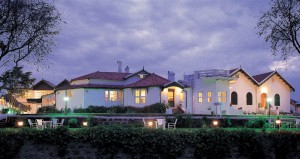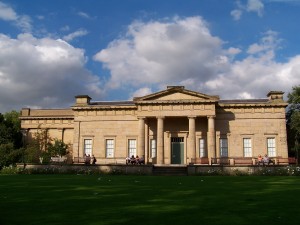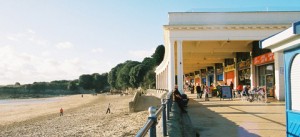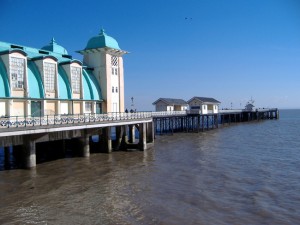The Cass Scenic Railroad
Morning mist, like a transparent sheath, rose from the green-carpeted Cheat Mountain in West Virginia’s Monongahela National Forest on that Memorial Day weekend, but the hot sun quickly intercepted it during its gentle ascent, leaving a flawlessly blue sky.
Like a pocket of history, somehow frozen in time, the town of Cass, accessed via curving, mountain-hugging roads and a short, Greenbrier River-traversing bridge, sported its railroad depot, historic buildings, and dual tracks, all cradled by a valley in Back Allegheny Mountain. The tracks themselves, stretching toward and disappearing into a dense forest, were the very reason for the town and its railroad and also the reason why neither disappeared into history.
Densely covered with virgin forests during the late-19th century, West Virginia ubiquitously sprouted oak, hickory, pine, walnut, and chestnut at its lower elevations and hemlock, spruce, maple, and birch at its higher ones, providing rich lumber resources, with its eight- to nine-foot diameter trees, for the houses, stores, churches, and schools demanded by the state’s increasing population. First Grade Accommodation In Coonoor.
Logging, once dependent upon rivers to power sawmills, evolved into a significant industry with the concurrent development of the steam engine and the circular saw, a combination which permitted location anywhere the operation required it, independent of external water power.
Trees were traditionally felled, cut into manageably sized logs, propelled down slopes by means of wooden skids to streams, and transported to mills on log rafts.
Because of the inherent imprecision and danger of the manual skidding method, the Lidgerwood Company of New York designed the first steam-powered skidder, which constituted another logging industry advancement. First used in West Virginia in 1904, the device, featuring a mile of 1 7/8-inch thick cable which extended up to 2,600 feet, was either mounted directly on the ground or atop a rail-provisioned flat car, gripping the log and transferring it from forest to stream in a secure, controlled manner. It significantly increased the capability of the horse-drawn method it often replaced.
Water-born logging rafts, as equally imprecise because of rock, boulder, branch, and rapids obstructions during the summer and ice in the winter, were eventually replaced with steam-operated loaders and logging railroads.
Large band saws, substituting for the earlier, circular device, converted timber into lumber more rapidly, precisely, and efficiently, eliminating needless waste, and had an average daily capability of 125,000 board-feet.
By the late-19th century, West Virginia had become one of the country’s largest lumber producers, more than one hundred railroads transporting raw timber to mills for cutting and processing before being shipped for sale as a finished product. Peaking in 1909, the industry cut some 1,473 million board feet of lumber per year.
One of the most major logging operations had been the West Virginia Spruce Lumber Company. Founded in 1899 when John G. Luke acquired more than 67,000 acres of red spruce in West Virginia, it was a subsidiary of the West Virginia Pulp and Paper Company located in Covington, Virginia.
The Chesapeake and Ohio Railroad, foreseeing a need for freight and lumber transportation, hastened its own plans to extend its track into northern Pocahontas County, incorporating a subsidiary designated the “Greenbrier Railway Company” in 1897 and commencing roadbed and track construction two years later. The line reached the area that December. Threshold to virgin forests, it was uniquely positioned to carry timber to the Covington sawmill and also to connect with the Coal and Iron Railway, which itself was later amalgamated into the Western Maryland Railway. Vale Tourism.









